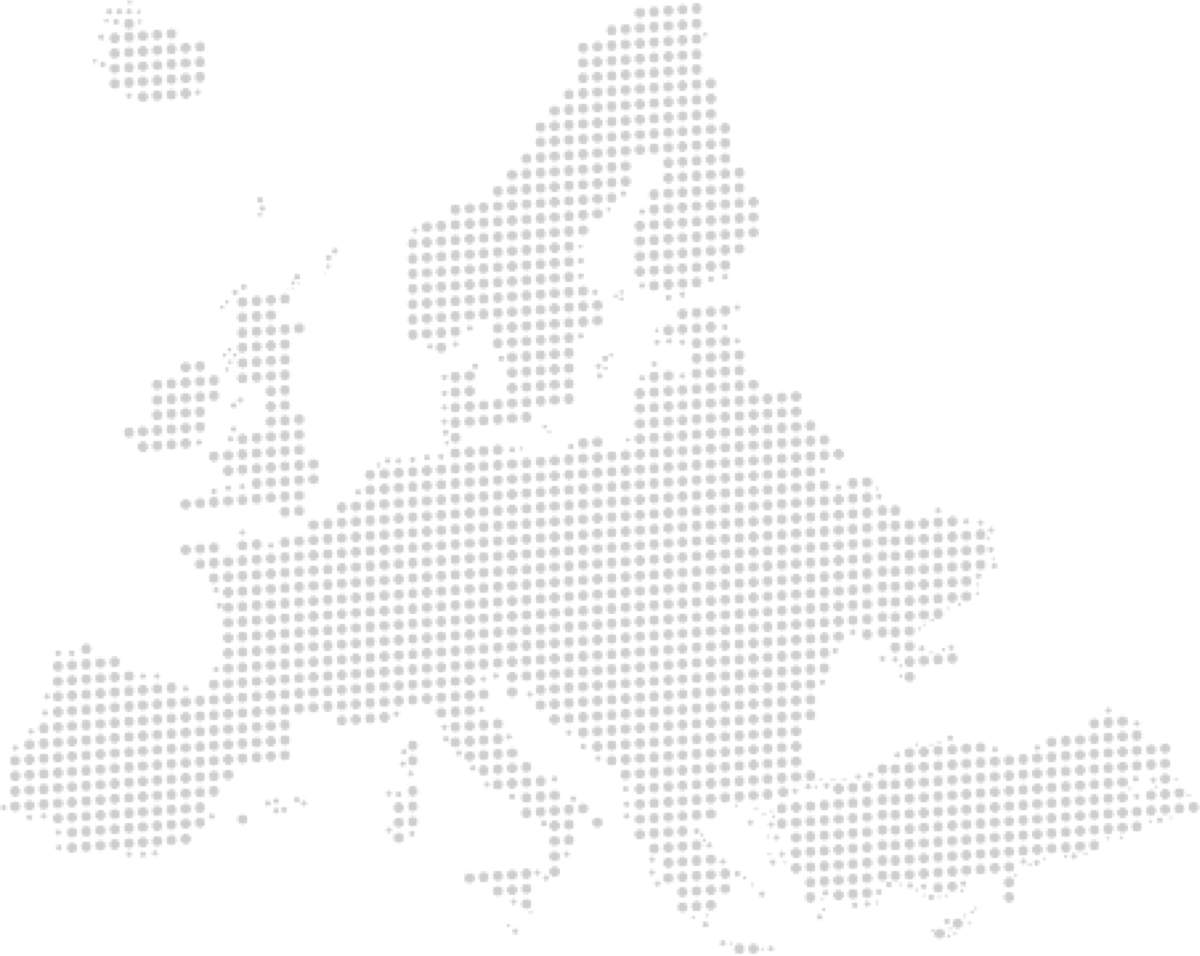Interoperability
Discover the advantages of interoperability in Ireland and the rest of Europe using a single tag.
In Ireland
In Europe
In Europe

From the early 1990s onwards, electronic tolling facilities across Europe were, and generally still are, non-interoperable. This means, that in order to take advantage of the various toll roads on their journey, drivers need to have several electronic tags placed inside their vehicle.
In light of the increase in international road traffic, the objective of the European Electronic Toll Service (EETS) is to enable road users to easily pay tolls throughout the whole EU with only one subscription contract, a single service provider and one on-board unit. For drivers who encounter a number of different tolls on their journeys, EETS will improve the flow of daily operations, improve traffic flow and reduce congestion.
What is EETS?
Why EETS?
Tolls are generally employed to finance the construction and maintenance of road infrastructure and to tackle rising levels of congestion, noise and pollution. Over twenty million road users currently subscribe to an electronic toll service in the EU. These systems operate with on-board equipment to collect and process data. However, various incompatible systems were set up at national or even local levels. National electronic systems are not often interoperable.
Non-interoperable road toll systems hinder international road transport. Road users must be equipped with on-board units specific to each European Member State or tolled domain. So, to travel, for example, from Portugal to the Netherlands five units might be needed. Consequently, transporters need contracts with several road operators, each with their own invoicing and billing procedure. This means time-consuming paperwork and red tape for transporting goods across the EU. Moreover, occasional users have to deal with unfamiliar systems different for each country or domain with the ensuing negative impact on a smooth traffic flow.
What does EETS mean for road users?
A single contract with a single EETS provider will alleviate users’ administrative burden and simplify the movement of goods and people across the EU as they will be charged directly by their provider for the toll incurred by their vehicles while circulating in the entire EU. The EETS is a continuous service: no in-vehicle human intervention is required if the vehicle’s toll classification parameters do not change.
Drivers will not be distracted by multiple boxes (sometimes requiring a specific action on their part for each unit) on their dashboard and they will not have to know the specificities of each and every electronic road toll system they are going to encounter. Drivers will no longer have to queue at toll booths, thereby avoiding traditional toll-related traffic disruptions. As a result, they will experience, to the benefit of the environment, more fluid and safer traffic and ultimately quicker journeys.
Eventually the EETS should allow the generalisation of free-flow (barrier-free) tolling, also across borders, as soon as it is fully put into place.
What are the EETS milestones?
The Commission decision on EETS definition entered into force on 8 October 2009 and was published in the Official Journal of the European Union on 13 October 2009. Subsequently, the EETS is to be available within three years for vehicles above 3.5 tonnes and/or allowed to carry more than nine passengers (including the driver), i.e. until 13 October 2012 — and within five years for all types of vehicle, i.e. until 13 October 2014.